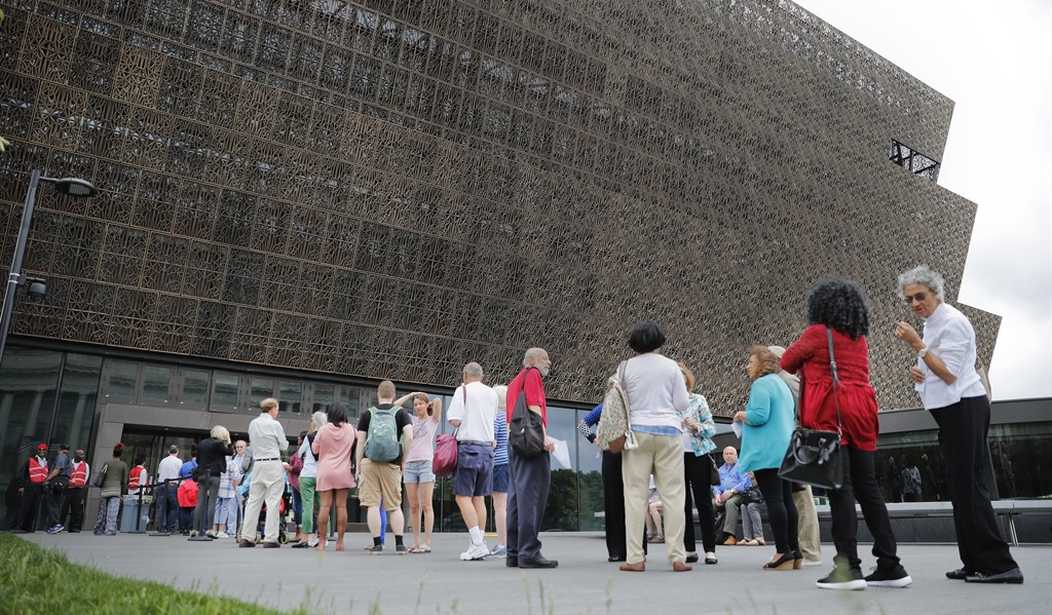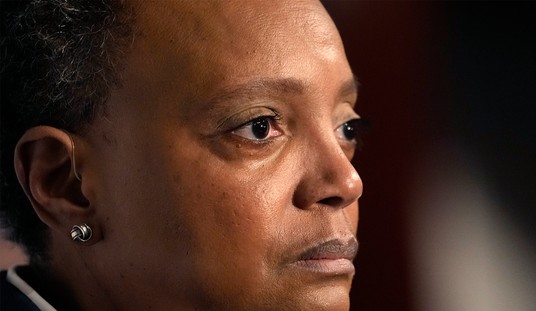As part of the massive government funding bill currently waiting for Donald Trump’s signature (or veto), Congress approved two new museums in Washington, D.C. The Smithsonian Women’s History Museum Act and the National Museum of the American Latino Act would focus attention on women and Latinos in a historical context, highlighting their accomplishments and progress.
There are dozens of women’s history museums scattered across the country in most states and many cities. But none will be as large or as prominent as a women’s museum on or near the National Mall.
Democratic Sen. Bob Menendez of New Jersey, a longtime advocate for a Latino museum and the lead sponsor of the Senate bill, said that the museum’s passage is the “culmination of decades of hard work, advocacy, successes and setbacks in the movement to recognize Latino contributions to America’s history, economy and culture.”
“With this vote, Latinos and Latinas across our nation will finally have their stories, struggles, and impact on our country validated by the United States Congress,” he said in a statement Monday.
Menendez said he “cannot wait until the day when I can take my granddaughters to visit the National Museum of the American Latino in our nation’s capital.”
Taxpayers will foot the bill for half the cost of these museums. The rest will come from private donations.
The National Mall is pretty crowded already, but there are a couple of vacant areas that are available.
Two vacant sites on the National Mall will be considered as potential locations for either the Latino or the women’s museum: the southern part of the National Mall close to the US Holocaust Memorial Museum bordered by 14th Street and Jefferson Drive, or the northwest part within walking steps of the US Capitol, enclosed by Constitution Ave and Pennsylvania Ave.
The Arts and Industries Building of the Smithsonian Institution or the area between 12th Street and 14th Street on the National Mall will also be considered for the new Latino museum.
“For too long, women’s stories have been left out of the telling of our nation’s history, but with this vote, we begin to rectify that,” said Democratic Rep. Carolyn Maloney. We hear this complaint from every minority group: “We’re not teaching our kids about Seneca Falls” or “We don’t make books about early Latino history in the U.S. mandatory reading.” What isn’t included in any curriculum at any school in the country is the complete story of America. What isn’t in there could fill a library the size of the Library of Congress.
Educators and textbook manufacturers have to make decisions on what to include and what to exclude when it comes to U.S. history. I remember well the controversy when the film Amistad was released. The movie told the story of a slave ship where the slaves mutinied and tried to enter the U.S. Thanks to help from John Quincy Adams, the slaves won their freedom as a result of a historic Supreme Court decision.
Black educators complained that there were few textbooks that contained this story. But is history that makes it into a textbook really a yardstick for how significant an event or person was?
There will be all sorts of interesting facts in the women’s and Latino museums that won’t be found in any textbook. And if it inspires people to read more about a person or event, all the better. American history isn’t locked in a closet, guarded 24 hours a day by CIA agents. All of it — the good, the bad, the hope, the despair, the inspiring, and the disgusting are just a click or two away, waiting to be discovered in order to inspire or repel young minds.
That’s the true value of those museums — learning for the sake of the pure joy of learning.










Join the conversation as a VIP Member